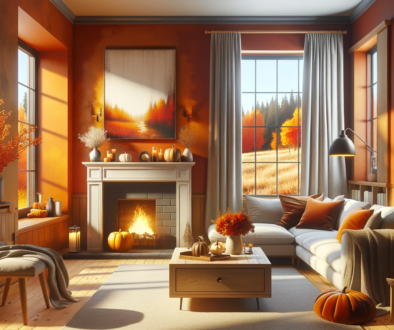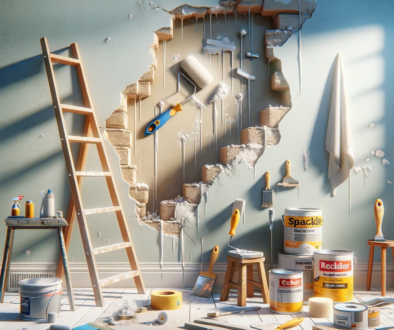Small Space, Big Impact: Expert Tips for Residential Painting in Compact Homes
The Unique Aspects of Painting Small Homes
Painting small homes brings its unique set of challenges and opportunities. Whether you’re looking to enhance a cozy studio or add a fresh coat of paint to a compact family home, the right painting strategies can make a world of difference. In this article, we’ll explore various techniques and tips for residential painting in small spaces, ensuring your home looks spacious, welcoming, and stylish.
Key Takeaways
- Choosing the right colors for small spaces
- Importance of preparation and technique in painting
- Creative ways to use paint to enhance small areas
Making the Most of Small Spaces with Color In small homes, the choice of color is crucial. Light and airy colors like cool blues and greens can create an illusion of more space, making walls seem to recede. On the other hand, warm colors like yellows and reds can make a room feel more intimate and cozy. The right color choice depends on the desired effect and the room’s function.
Embracing Bold Colors in Small Areas Don’t shy away from bold colors in small spaces. A vibrant or deep color can give a small room a unique character, perfect for spaces like foyers or dens. Warm colors, in particular, can make walls seem closer, creating a snug and intimate atmosphere.
Illusion Techniques for Small Spaces Small rooms offer opportunities for optical illusions. For example, painting one side of a narrow space a different color can make it appear squarer. For tight hallways, painting the end wall a different color can erase the tunnel effect and create a sense of depth.
For more tips on choosing the right painting service for your small home, consider reaching out to a professional. If you’re in the Tacoma area, you might want to hire a Tacoma residential painter who can provide expert advice and quality service.
Preparing Surfaces for Painting Good preparation is key to a successful paint job, especially in small homes where every detail counts. This includes filling holes, sanding, and caulking gaps. Starting with a well-prepared surface ensures a smoother painting process and better end results.
Paint Mixing and Application Tips When painting, it’s essential to mix several cans of paint in a large bucket for consistency. This technique, known as “boxing,” helps avoid noticeable color differences. Also, remember to maintain a wet edge while painting to prevent lap marks, ensuring a smooth finish.
Post-Painting Care and Tape Removal After painting, it’s important to let the paint dry completely before removing the tape. Use a sharp utility knife to cut the tape loose, which prevents tearing off dry paint from the wall and ensures a clean finish.
Painting Order: Trim, Ceiling, and Walls Follow a specific order when painting: start with the trim, then the ceiling, and finally the walls. This method is efficient and helps avoid mistakes, such as getting wall paint on freshly painted trim.
Prime and Texture Wall Patches Use primer on new drywall, fresh plaster, or when covering dark colors with light ones. Primer helps eliminate blotchiness and ensures a uniform sheen across the painted surface.
Clean Dirty Surfaces for Strong Paint Adhesion Cleaning surfaces before painting is crucial. Dirty or oily surfaces can cause paint to chip or peel off. Use a deglosser or heavy-duty cleaner for the best paint adhesion.
Roll Paint Along the Edges for Consistent Texture To achieve consistent texture in corners and near trim, roll the paint along these edges. This technique ensures that the texture matches the rest of the wall and avoids visible brush marks.
For further guidance and professional assistance with your small home painting project, contacting a local expert, such as a Tacoma residential painter, can provide you with customized solutions and high-quality results.
Revitalize Your Tacoma Home with Professional Painting Services
Request a free estimate on your painting/coating project




